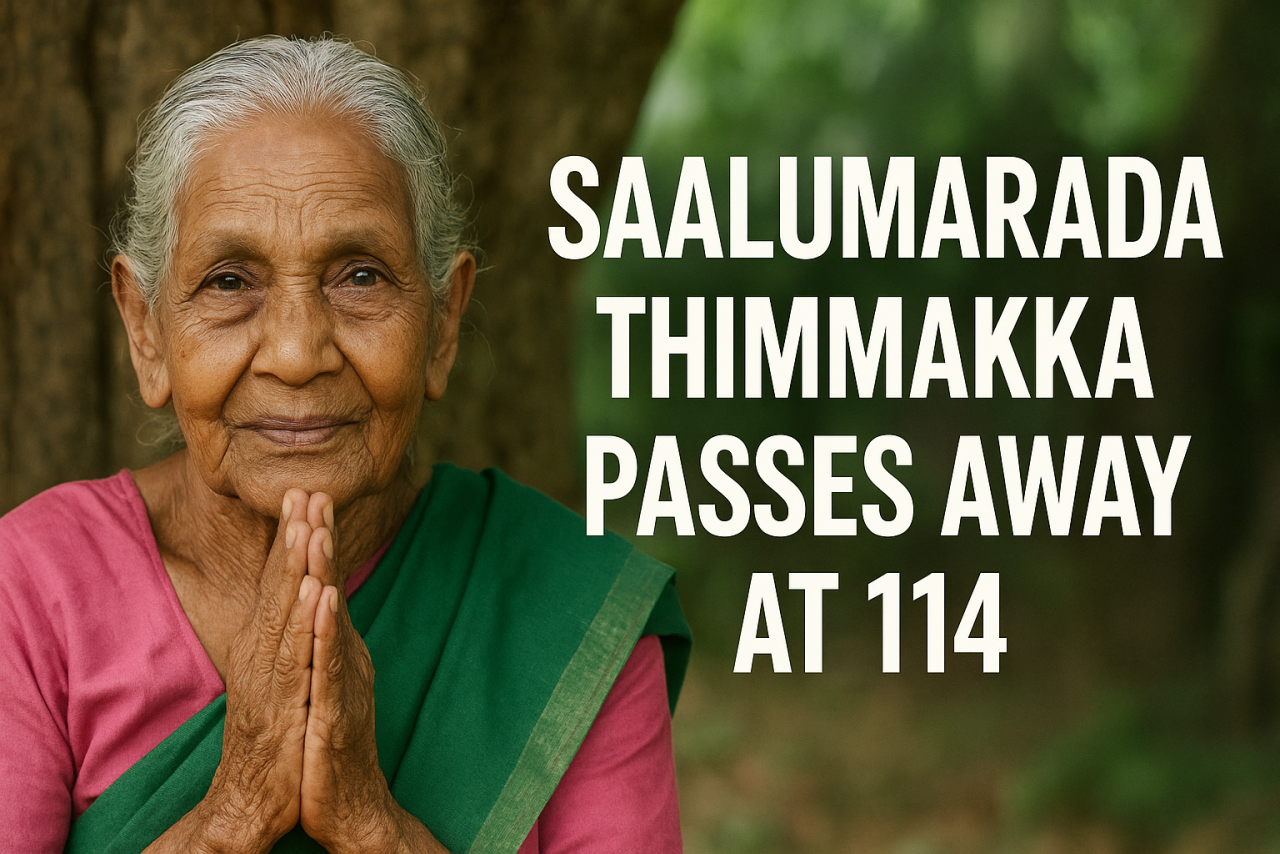
The Supreme Court’s recent directive to remove all stray dogs from the streets of Delhi and the National Capital Region (NCR) within eight weeks has ignited an intense public debate. While the order aims to address safety concerns after a spate of dog attacks, civic officials, experts, and animal welfare groups caution that implementation may be far more difficult than anticipated.
The order requires all stray dogs, including those in city outskirts, to be rounded up and housed in dedicated shelters. Whether sterilised or not, none may be released back onto the streets. Authorities must also respond quickly to complaints, as citizens can demand removal if a stray is not picked up within four hours. The court emphasised that the public must “feel free and safe.”
But the gap between the ruling and ground realities is wide. Delhi’s estimated stray dog population is about one million, while its shelter capacity stands at roughly 4,000. There is a severe shortage of trained dog catchers, transport vehicles, veterinary staff, and feeding resources. The last stray dog census was conducted in 2016, leaving authorities without reliable population data.
Municipal bodies in Delhi, Noida, Ghaziabad, and Gurugram face similar constraints. Shelters are already overcrowded, and expansion plans are limited by budget and land availability. The Municipal Corporation of Delhi (MCD) has outlined an aggressive “capture and earmark” strategy, but sustaining care for the massive influx remains an open question.
Animal rights advocates argue that the order disregards proven global best practices. New York relies heavily on adoption and community engagement, Singapore uses a Trap-Neuter-Rehome/Release model, and countries like the UK and Turkey resort to euthanasia only for unrehomable or dangerous animals. In India, states like Kerala and Uttar Pradesh have adopted the revised Animal Birth Control (ABC) Rules, 2023, which mandate sterilisation, vaccination, and controlled release while regulating stray feeding.
Still, public frustration over safety is real. Dog attacks, particularly on children and the elderly, have heightened calls for urgent action. Many residents see the Supreme Court’s order as long overdue, despite its operational hurdles.
Experts recommend a balanced path involving aggressive sterilisation and vaccination drives, better shelter planning, and targeted removal of aggressive or diseased animals instead of blanket capture. This approach, they argue, addresses safety while avoiding overcrowding and disease risks in shelters.
The stray dog issue lies at the intersection of public health, civic infrastructure, and animal welfare. The Supreme Court’s ruling has brought it into sharp focus. Whether this moment leads to safer streets or administrative chaos will depend on how swiftly and realistically authorities act in the weeks ahead.





















